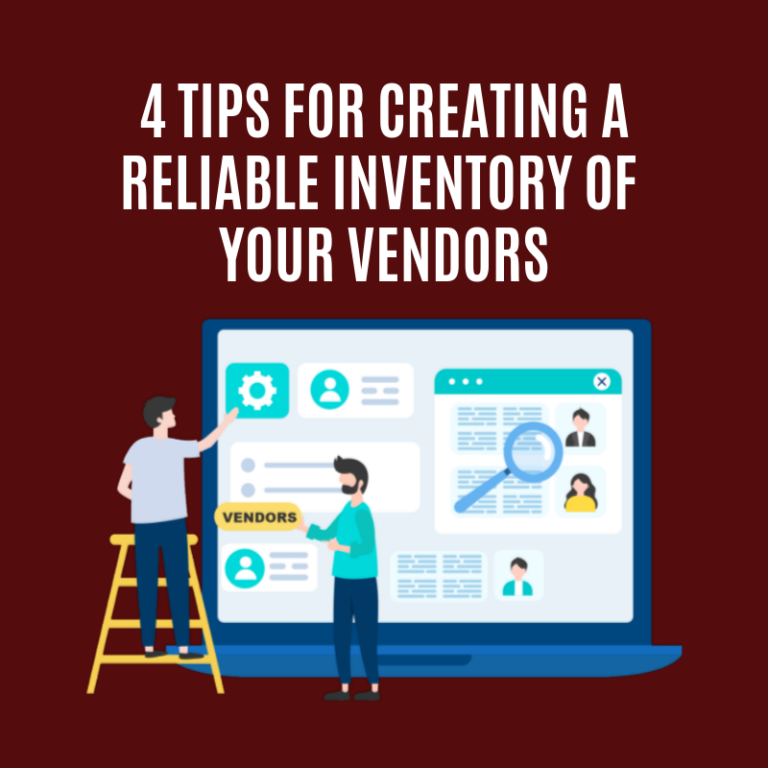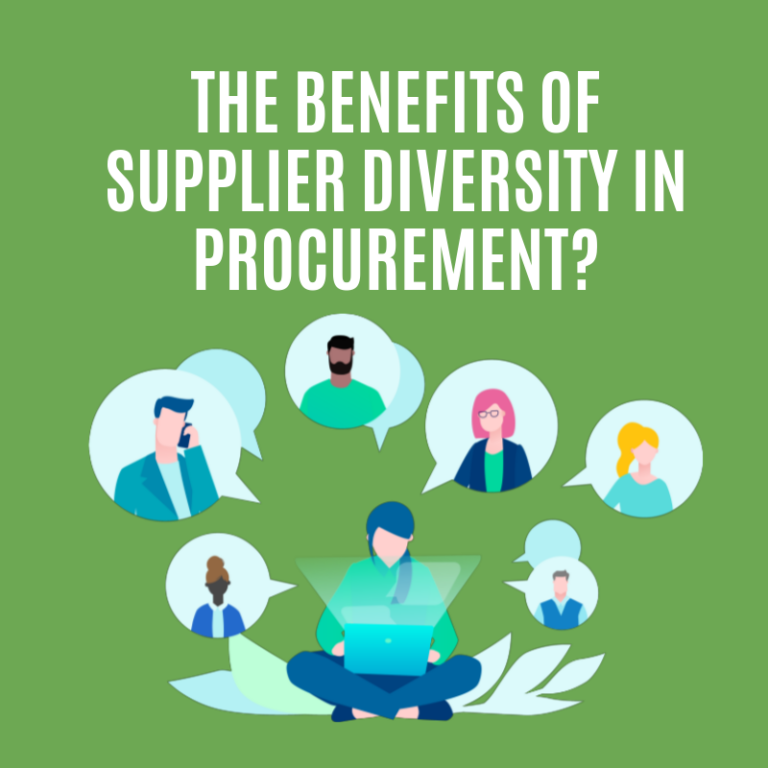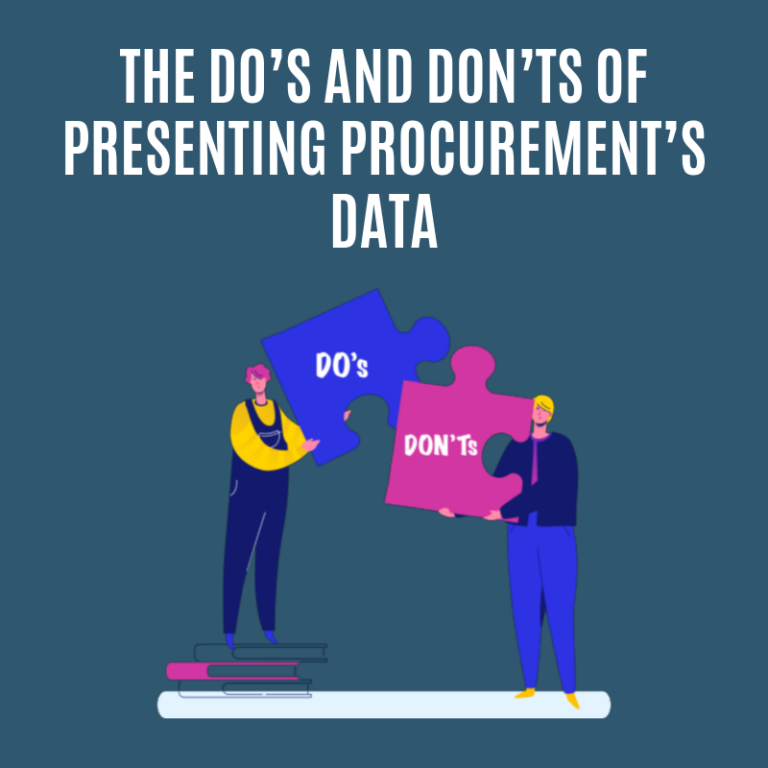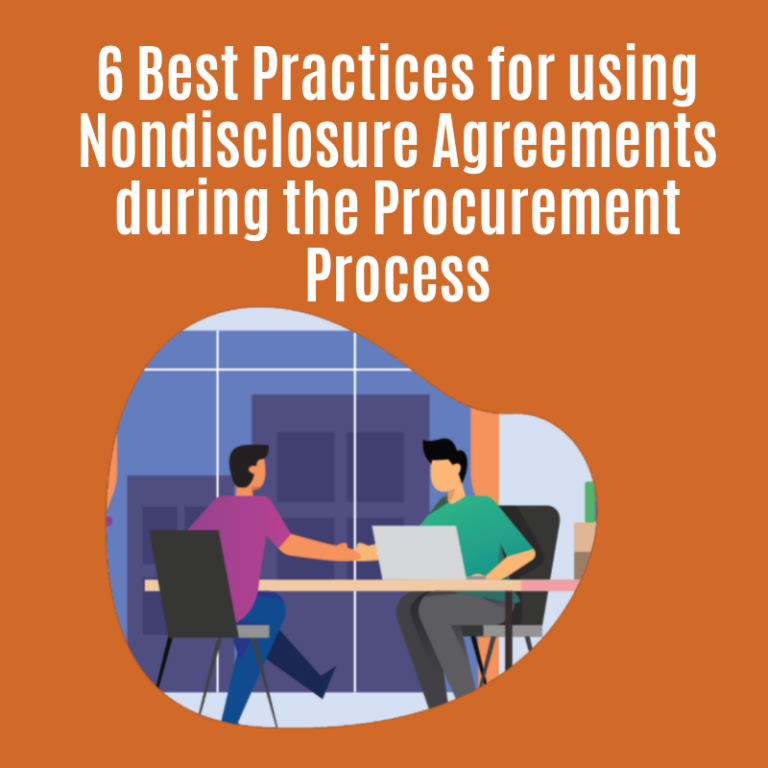From buyers to suppliers, everyone knows that the Request for Proposal (RFP) process is… less than ideal. At the same time, they’re often central to the procurement process, so sales teams everywhere should be prepared to put their best foot forward when responding.
I’ve run plenty of sourcing initiatives that included an RFP and have seen responses range from good to bad to “why on earth would you submit this?” levels of ugly. In this article, I want to point out some of the bigger issues I see that keep otherwise best-in-class suppliers from winning these events.
A Short List of Big Problems with RFPs
“But wait,” I hear you say, “if these suppliers are best-in-class, wouldn’t losing the RFP show how terrible the process is?” Potentially true. Critics of RFPs are quick to point out that the process,
- Kills differentiation. Responses are all geared towards the same direct questions, and the elements of your business that are unique may not stand out in this environment.
- Commoditizes all offerings. Everything gets boiled down to cost, at the expense of everything outside of price that makes a supplier valuable.
- Assumes buyers have ‘all the answers.’ RFPs rarely accommodate outside-the-box thinking with their rigid form. Buyers construct an event with a solution in mind, even though better solutions may exist.
These are symptoms of a poorly built RFP (a topic I’ve discussed elsewhere and most certainly will again many times). However, many projects are (a) on a tight timeline and (b) need to include potential partners that an organization has little or no experience working with. In these situations, RFPs are still a great way to get to know the market and what it offers.
Besides, these faults can’t be the only reasons for losing these bids: Other bidders face these same challenges when submitting bids – and find ways to succeed in spite of them. So how can we improve our success rates?
Tips to Responding to RFPs
I’ve worked with buyers and suppliers across dozens of spend categories to craft RFPs and analyze resulting bids. There are a few things that always stick out to me as best practices and red flags alike.
- First and foremost, understand the rules of the game. What are the buyer’s supplier selection criteria? Who will be evaluating your response? Beyond the bid submission, will there be any onsite presentations or site visits to firm up your response or your understanding of the scope? What are the milestone phases and what are their deadlines? You should have the answers to all of these questions before you begin.
- Incumbents, don’t assume your relationship speaks for itself. I’ve seen too many responses that boil down to “you already know this about us, you don’t need us to answer.” Your client-side stakeholder knows plenty about the value you bring. But what about that stakeholder’s boss, or that stakeholder’s colleagues at other facilities that don’t use you, or those in the company your customer just acquired? Respond as if decision makers don’t know you – if an opportunity for expansion exists, there will be some that don’t.
- Don’t make assumptions or let questions go unasked. When I see responses to questionnaires or pricing proposals that read “it depends,” or “TBD,” or provide an excessively wide pricing range, I only have one question: Why didn’t the bidder seek clarification before submitting? A good RFP will include time within the process for suppliers to ask questions and get answers – Use this time to your advantage. Not only will it result in a more targeted proposal, but it will set you apart from your competitors who filled their responses with non-answers.
- If your offerings go beyond the RFP scope, then so should your response. Remember that an RFP response is a buyer’s way of getting to know the market and their options. Respond to the RFP according to the guidelines built into it, but if your product or service goes beyond scope, mention this in your response and include supplementary documents that speak to this.
- Be direct in your response (advertising agencies, I’m looking at you). It’s great when companies are excited about their offerings and proud of their history. That enthusiasm carries across responses and suggests a good partner. That said, don’t make buyers wade through multiple paragraphs to find the single sentence that answers a question. Answer directly, upfront, right off the bat. If you have more to say, either include after your direct response, or reference a supplementary document that delves more deeply.
- Respond using the documents and format requested. If I’m running an RFP that spans 30 facilities across the continental US and dozens of suppliers, the last thing I want to do is hand edit uniquely designed response so they fits into my process. Hell, I’ve had bidders provide images of text responses in lieu of the requested bid doc. This creates a huge challenge in a large event – do everything possible to reduce the tactical work so that we can all focus on higher-level strategy.
gmai - Follow through with what you promise. If the SOW doesn’t align with your goals or offerings, that’s fine – but say so upfront rather than committing to participate and ghosting on the process midway through. There might be a time when that stakeholder has a scope that fits with you perfectly… only now you’ve burned a bridge and lost an opportunity. I source the same categories with different clients at different times, and may end up reaching out to a provider with multiple opportunities. Consider also that buyers may leave the organization you support today and go to a new company that could also use your services. In either case, don’t give anyone reasons to omit you from an opportunity before it begins.
These aren’t the only seven keys to a great RFP submission, but they’re issues I see crop up pretty often. Considering if any are at play with your own submissions is a good starting point to building a better response.
Rant Over, Carry On
To circle back, I readily admit that an RFP isn’t the perfect tool for all sourcing occasions. However, it takes two to tango – an organization’s failure to select the best possible supplier may be due in part to a faulty RFP, but could also be due to a faulty submission.
Despite being an imperfect process, the RFP hasn’t fallen by the wayside yet. There are plenty of opportunities to win new business through them… as long as you don’t let your submission get in the way of your success.




















 Tom is a trusted advisor on procurement and third-party management to organizations across the United States. Having worked with over 120 organizations over his 30-year career, he has a unique ability to bring creativity and discipline to finding solutions for even the most complex challenges his clients face.
Tom is a trusted advisor on procurement and third-party management to organizations across the United States. Having worked with over 120 organizations over his 30-year career, he has a unique ability to bring creativity and discipline to finding solutions for even the most complex challenges his clients face.



